
Planting a tree is a long term investment, that if chosen wisely, will provide a lifetime of beauty to Kansas City lawns and add valuable curb appeal to the overall home.
You don’t necessarily have to sell your home to see a return on your tree planting investment. Fully grown trees provide shade cover that significantly reduces energy bills. According to the USDA Forest Service, when trees are planted and positioned effectively around a home, they can reduce air conditioning needs by 30 percent.
Finally, the actual planting of the tree will require experience and precision. Planting a tree too close to a home or structure can result in root infiltration, and planting a tree too far away will reduce the potential for energy savings.
Additional benefits from planting trees include privacy, noise reduction and the creation of an atmosphere friendly to wildlife. Trees also are proven to lower stress and anxiety — your backyard oasis will be quiet, peaceful and therapeutic.
Invest in your property by planting trees — boost your curb appeal, reduce your energy bill and see a return on the costs in the future. Cartwright Tree Care does not offer expert tree planting services but — if you call our office at 816-965-6758 we can refer you to a tree planting specialist in Kansas City.
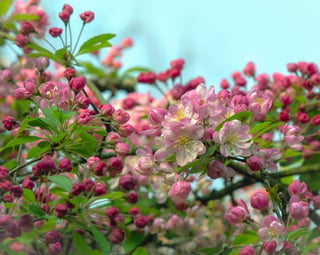
Crab apples (Malus selections) are some of the easiest and most beautiful trees to grow, if you choose a disease-resistant variety with persistent small fruits that won't make a mess when they fall. Cheryl Cartwright, Owner of Cartwright Tree Care likes ‘Adirondack’ with its strongly upright branching for smaller spaces. It has showy white flowers in spring, medium-green leaves and deep orange-red fruits well into fall.
Japanese Lilac Tree 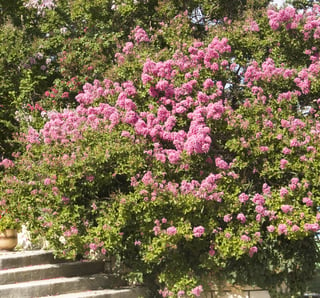
A superb accent plant and the most adaptable lilac for challenging sites, Japanese tree lilac (Syringa reticulata) bears showy plumes of creamy-white flowers in early summer when other lilacs have faded. "In winter, its coppery red bark stands out in the landscape" says Justin Rogers, Arbor Consultant with Cartwright Tree Care. This low-maintenance tree doesn't produce suckers, seldom suffers from disease and requires little pruning. Plant in full sun.
Pagoda Dogwood 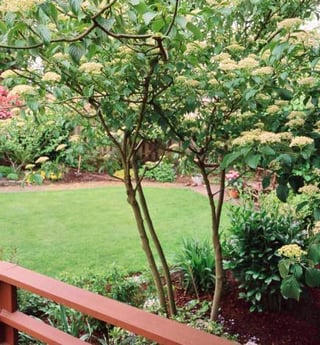
This attractive native (Cornus alternifolia) is a favorite of wildlife gardeners and a welcome choice for northern landscapes. “Its architecture and scaffolding branches are very ornamental, and it has a nice 15- to 25-foot height and spread,” Matthew Graham, Arbor Consultant with Cartwright Tree Care says. Expect fragrant clusters of white flowers in spring followed by blue fruits and purple fall color.
Korean Fir 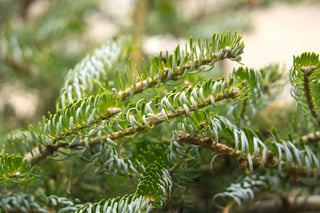
Prized for their pyramidal shape and ornamental cones, Korean firs (Abies koreana) bring an architectural form to the yard. ‘Horstmann’s Silberlocke’ (pictured) has green needles with bright white undersides that curve upward to simulate a flocked look. ‘Aurea’ is another stunner, featuring golden new growth that fades to light green.
Serviceberry 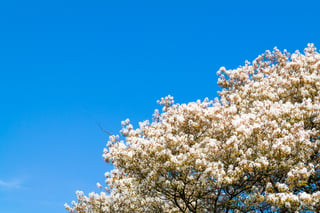
A four-season beauty, serviceberries provide showy spring flowers, edible berries, spectacular fall color and ornamental gray bark. This highly adaptable tree has no serious diseases or insect problems. Recommended cultivars include ‘Autumn Brilliance’ (pictured) with delicious dark blue summer fruits and remarkable red fall foliage.
Seven-Son Flower 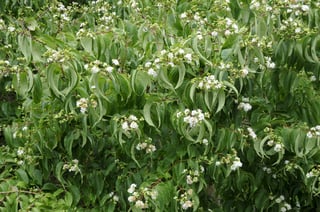
Handsome peeling bark, fruit, seed heads and fragrant white flowers that mature to pinkish red in fall makes one wonder why we don’t see more of this fast grower. If you’re still on the fence, add in that it’s drought-tolerant, has no serious insect or disease problems, and can thrive in a wide range of soils in full sun or part shade.
Bald Cypress 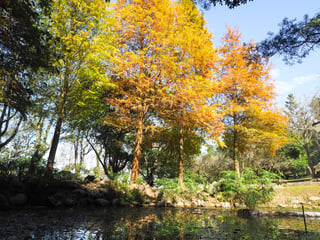
A Southern tree native to the swamps of the southeastern United States, bald cypress (Taxodium distichum) is one tough tree, noted to survive northern winters with temperatures dipping to 30-below. Likewise, it tolerates soil conditions ranging from somewhat dry soils to wetter urban clay soils to soils in standing water.
Hackberry 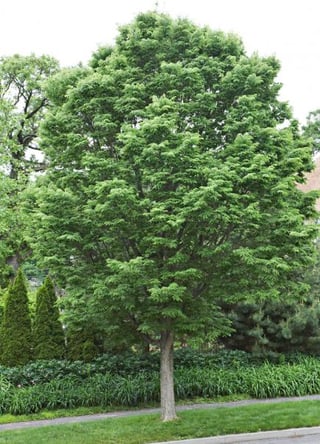
Cold hardy and tolerant of winds and varied conditions, this native is as well suited for the plains and rural areas as it is for urban sites.
Northern Red Oak 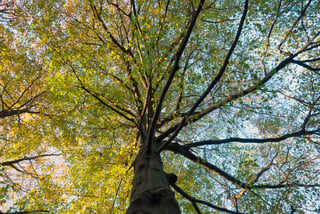
The fastest-growing oak, this tree is not as prone to chlorosis as pin oak and makes a beautiful shade tree for large lawns that can handle its 60- to 80-foot height and 40- to 60-foot spread. Northern red oak (Quercus rubra) tolerates pollution and various soils, including compacted soil. In autumn, enjoy brilliant orange, brown and red foliage.
Swamp White Oak 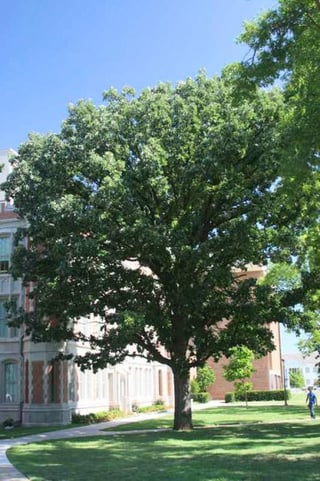
A great choice in wet areas that could drown other trees, swamp white oak (Quercus bicolor) also withstands drought and heavy clay soil. It reaches 50 to 60 feet with a rounded head nearly as wide as it is tall. Fall color may be yellow or reddish-purple. The distinctive light brown, flaky bark adds winter interest.

